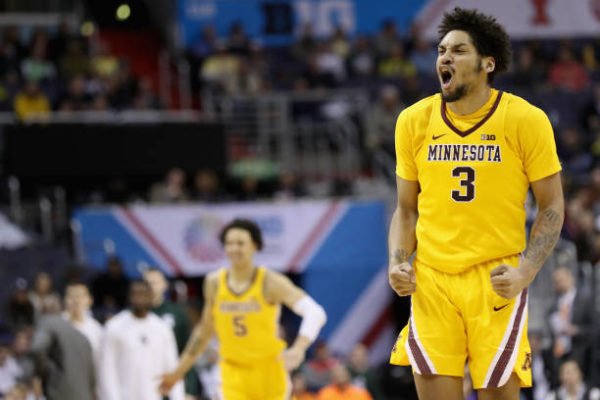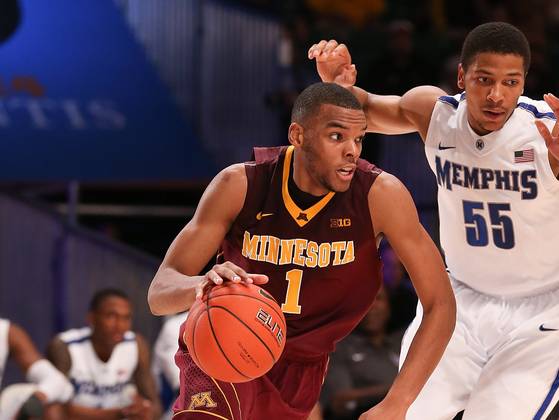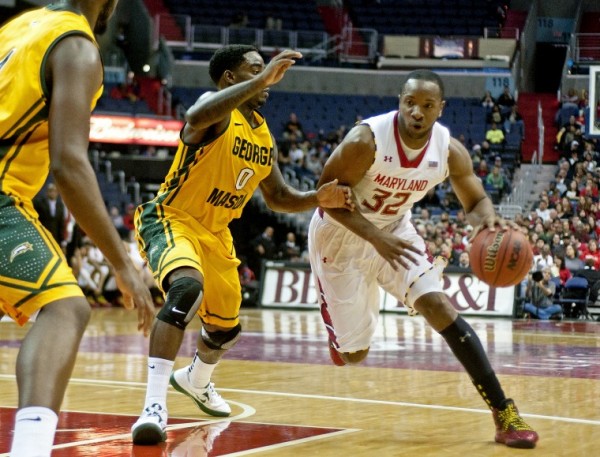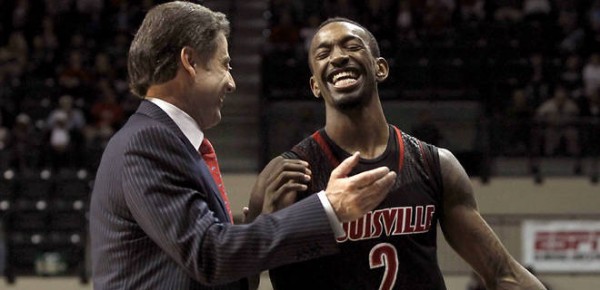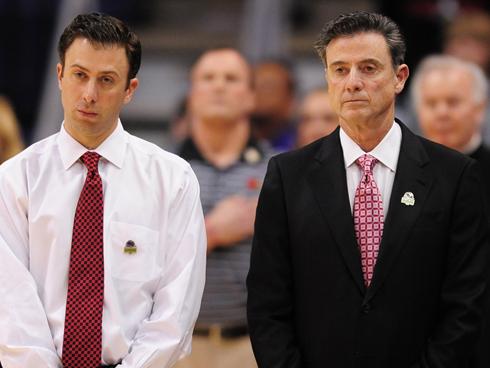The Models vs. the People: Who Is Right So Far?
Posted by William Ezekowitz on November 21st, 2017With the rise of KenPom’s preseason rankings and the ratings of other models like it (SI and T-Rank, for example), projection models have become increasingly important in college basketball. But there is still a long way to go before these metrics-based systems replace the good old-fashioned eye test as represented in the national polls. The two varieties of projection mechanisms, both valid in their own right, disagreed about a few teams coming into this year. In this article, we will evaluate the differences on a few relevant teams to determine if we can settle on which method has been accurate so far. We’ll start by analyzing a couple of squads from the Big Ten before considering a couple others.
Minnesota. AP Rank: #15; KenPom Rank: #36
- What the people thought: Minnesota spent the offseason as one of the most hyped teams in college basketball, as Nate Mason received plenty of all-Big Ten buzz and Amir Coffey appeared ready to make a huge leap. Richard Pitino’s Gophers were also expected to play their particular brand of stifling defense, bolstered by possibly the best shot blocker in college basketball, Reggie Lynch. There was a lot to like.
- What the models saw: Neither Mason nor Coffey were especially efficient for the nation’s 77th-best offense, which meant this year’s outfit was set to improve on that end. The defense, while stifling, was below average in both turnovers forced and defensive rebounding, limiting its potential to become a top-10 unit.
- Who has been right so far: The people. Jordan Murphy has been unexpectedly dominant through four games, putting up 23 points and 14 rebounds, for example, in a very impressive 12-point victory at Providence. The Gophers are humming along at 18th nationally in offensive efficiency, and if they can stay in that range they will certainly live up to their poll projection as the 15th-best team in the country.
Michigan State. AP Rank #2. KenPom Rank: #10





























